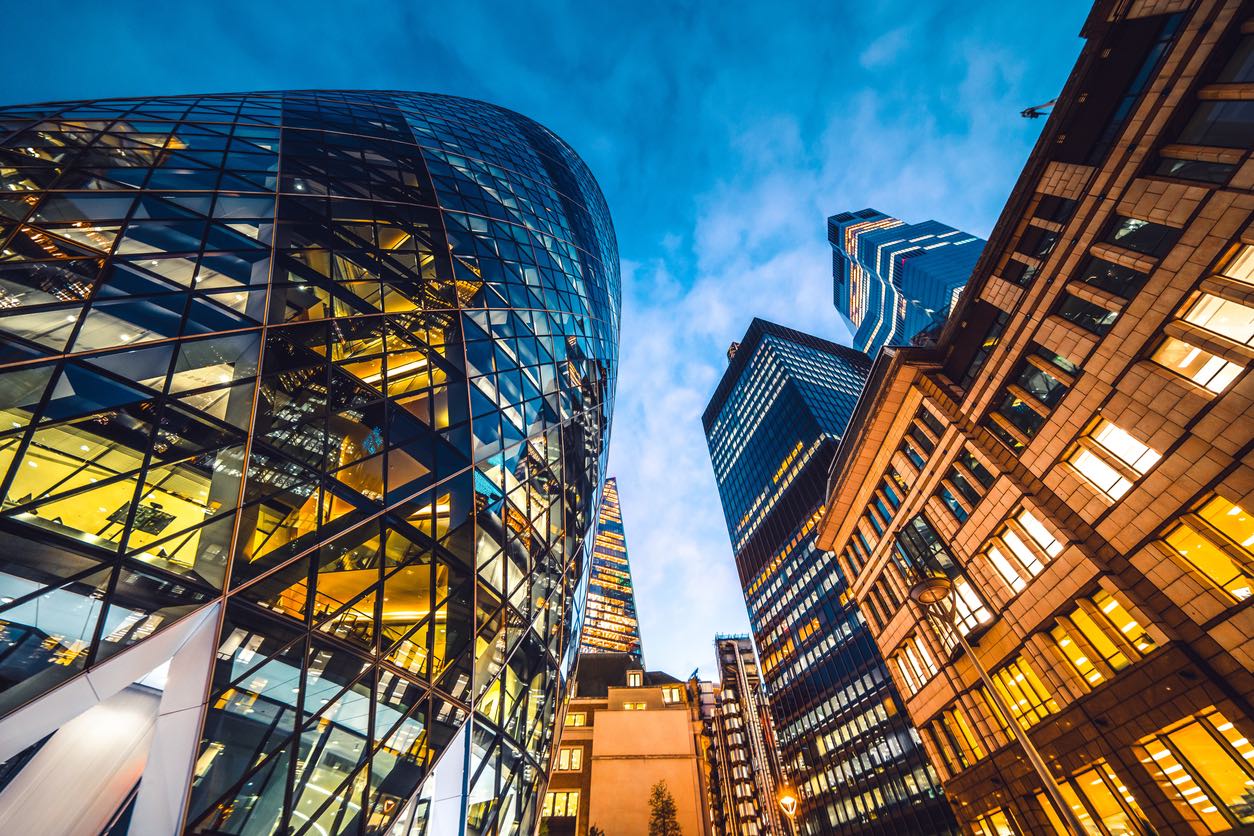Mixing business with pleasure can be risky business. For decades the City of London has upheld this doctrine, religiously prioritising office space over new homes to preserve its reputation as a global financial centre.
In his 29-year tenure as the City of London’s planning chief, Peter Rees famously allowed only one new residential tower to be built in the Square Mile: The Heron, a 285-apartment building which was completed in 2013. But the aftershocks of the pandemic – recent data suggests that the number of workers at their desks in the Square Mile’s offices is down by around a third; office vacancy rates stand at almost 10 per cent – have forced a rethink.
The City of London’s recovery taskforce, which was set up in the depths of the pandemic to help navigate the crisis, concluded last year that ‘supporting the delivery of more residential development’ should become a priority. The City has a target of overseeing the building of 1,500 new homes by 2030, a move which could increase its current population (8,600) by around a third.
A City spokesman stressed that the City is still all about business, and does not anticipate converting offices into homes en masse. But City planners have signalled a new approach by approving proposals to replace an office block on Holborn Viaduct with a building containing more than 600 student flats. Several small-scale office-to-residential schemes are also on the cards.
The problem is that in today’s climate this ‘if we build it they will come’ strategy may fall flat. Research shows that, well before the pandemic, property prices in the Square Mile lagged behind the rest of central London. The study by JL found that, between 2010 and 2021, the price of resale properties in the City increased 86 per cent to just over £900,000. The price of new homes increased 70 per cent in the same timeframe, to hit just over £1.1 million.
Yes, it is central, and yes, it has some stunning historic buildings. But it is expensive, there is little open space and family homes are scarce
Across central London, at the same time, the average price of a resale home grew 88 per cent to hit £1.9 million. And average new-build prices shot up by 251 per cent, to almost £2.6 million.
When Dominic Fletcher, sales manager at Winkworth’s City and Clerkenwell office, started working the patch eight or nine years ago, there was a real buzz about the area. Crossrail was on the horizon, The Heron’s apartments had sold well with penthouses priced north of £5 million, and recovery from the financial crisis was under way.
Fletcher’s main City clients fitted into two categories: buy-to-let landlords and wealthy bankers after a pied-a-terre crash pad. Both groups have now gone distinctly quiet. ‘A lot of buy-to-let investors are now selling,’ he said. ‘Mortgage rates have gone up, their payments are suddenly doubling, and rents do not cover it.’
The pied-a-terre market has also shrunk – partly because many of those in the financial sector no longer need to be in the office for gruellingly long hours every day, and partly because of the state of the economy. ‘Those that were looking have put it on hold because there is uncertainty in the market and nobody knows what is going to happen,’ said Fletcher. As a result he estimates that prices have dropped from an average of around £1,000 per square foot pre-Covid to £900 to £950 today.
With investors and office workers out of the picture, the question is: who else would want to live in the City?
Yes, it is central, and yes, it has some stunning historic buildings. But it is expensive, there is so little open space that it is officially defined by the GLA as an ‘Area of Deficiency in access to nature’, and family homes (and schools) are scarce.
There is also not really that much to do in the City other than visit the Barbican and shop at One New Change, the Jean Nouvel-designed mall which was supposed to be super-glamorous but has descended into a depressingly provincial shopping centre experience, stuffed full of basic retailers from Accessorise to Zara. To make matters worse a recent study found that one in seven pubs and restaurants in the Square Mile had closed since March 2020.
Despite this, James Hyman, head of residential at Cluttons, feels the City is well placed for a comeback as and when the housing market regains its confidence.
‘The City has taken longer than the rest of London to get back to some form of routine and normality but the residential market is going to pick up again,’ he said. ‘In such a small area there is always going to be a very limited supply of stock, and that is very positive, and given where it is priced right now it clearly represents quite good value.’







Comments